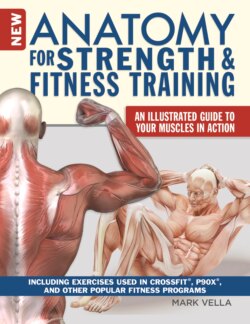Читать книгу New Anatomy for Strength & Fitness Training - Mark Vella - Страница 17
На сайте Литреса книга снята с продажи.
2. Physical Fitness
ОглавлениеBefore the Industrial Revolution, physical fitness was a product of an active lifestyle rich in manual work. Industrialization brought with it automation and sedentarism in a relatively short space of time. Biologically, our bodies had not evolved, but our lifestyles had changed drastically.
Into the 2000s, organizations like the American College of Sports Medicine began to define guidelines for health-related fitness, health promotion, and lifestyle disease prevention. As of 2012 reports, less than half of Americans meet the current activity guidelines. In fact, three quarters are regarded as sedentary. Around the year 2000, as the impact of millennials began to take effect, new opinions weighed in, defining physical fitness for a new, empowered millenial who is interested in pursuing greater physical attributes beyond just health promotion.
One the most current definitions of physical fitness, and certainly more apt for those interested in higher levels of performance, is that developed by Greg Glassman at CrossFit in the early 2000s. He defined physical fitness as increased work capacity and mastery of 10 main physical domains of functional fitness: cardiovascular and respiratory endurance, stamina, strength, flexibility, power, speed, coordination, agility, balance, and accuracy.
